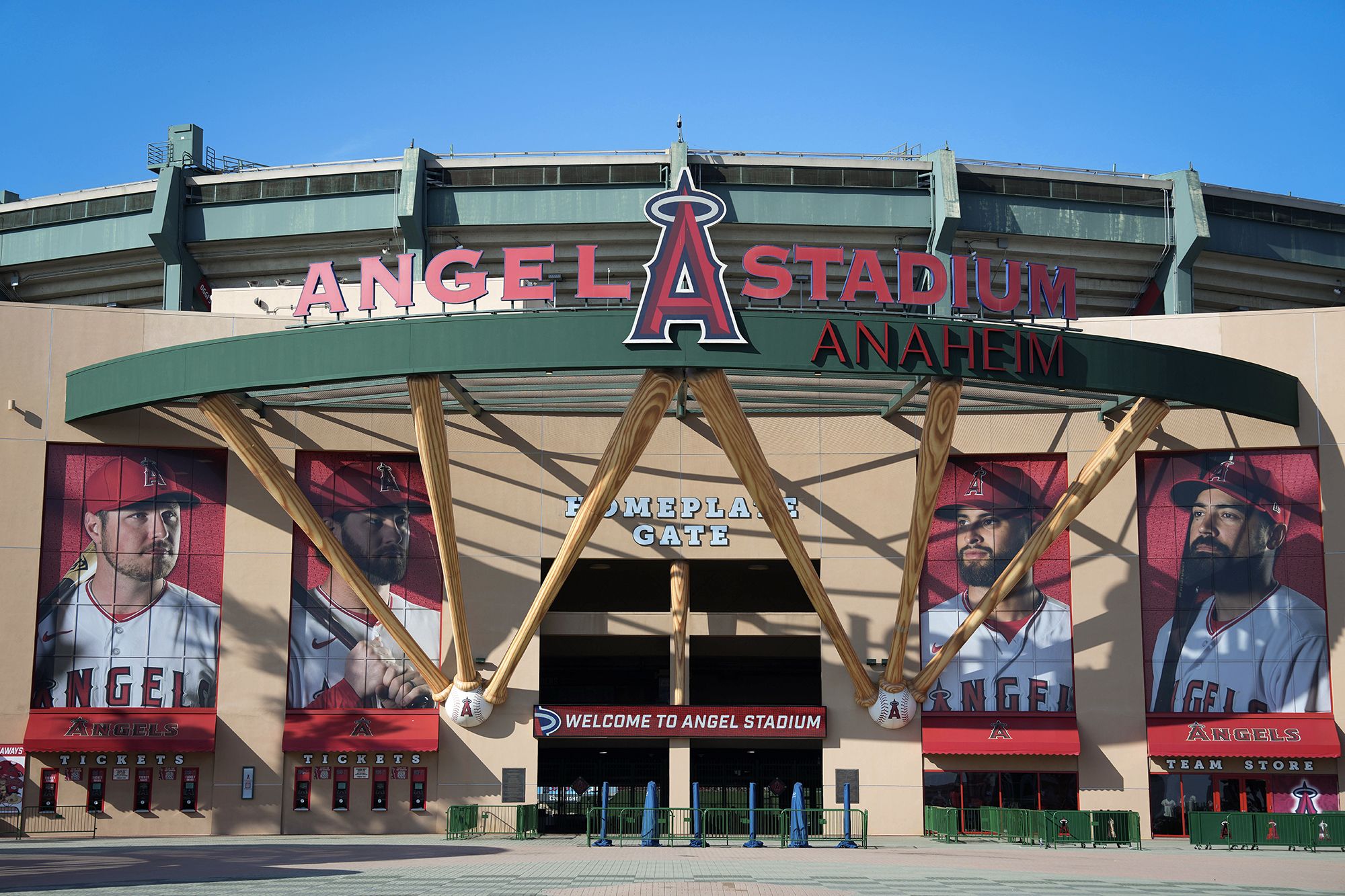Anaheim joins list of corruption-plagued Southern California cities
In summary A burgeoning scandal in the city of Anaheim is the latest in a string of municipal corruption cases that have become commonplace in Southern California.
Anaheim was a sleepy farm town until the mid-1950s, when cartoon tycoon Walt Disney chose it as the site for his iconic theme park.
As Disneyland, billing itself as the “happiest place on Earth,” began drawing millions of visitors, Anaheim’s civic and political leadership strived to establish it as a vacation and entertainment mecca by adding hotels and other facilities, such as stadiums for the Los Angeles Angels and Anaheim Ducks.
There was – and is – a darker side to the city’s evolution, as a 353-page investigative report released this week confirmed. It became another of Southern California’s cesspools of political corruption.
Anaheim’s city council retained an investigative firm, JL Group, to look into backroom dealing after an FBI investigation found evidence of questionable behavior involving former Mayor Harry Sidhu and the proposed sale of the Angels’ stadium. An affidavit filed by one FBI agent described a secretive cabal that controlled the city.
The JL Group report essentially confirmed that conclusion with its most serious allegation being a 2020 plan by Sidhu to shift $6.5 million in COVID-19 recovery funds to Visit Anaheim, a nonprofit tourism promotion organization, and $1.5 million to another organization controlled by the Anaheim Chamber of Commerce, then headed by Todd Ament.
“The chamber nonprofit entity that received this $1.5 million in 2020 did not list those funds in their tax returns that were filed in December 2022,” the JL Group report declared. “This activity demonstrates the nature and style of Ament and Mayor Sidhu’s intentions on inappropriately and potentially unlawfully diverting public funds in inappropriate ways.”
JL Group characterized it as a “potential criminal conspiracy,” but so far no criminal charges have been pursued.
The Anaheim situation exemplifies what has become a depressingly common fact of Southern California life: corruption in its many cities. The instances are so frequent that the former speaker of the state Assembly, Anthony Rendon, once described his Los Angeles County district as a “corridor of corruption.”
The municipal scandals generally follow a pattern rooted in the nature of city governments and in the simple fact that the region has so many cities – 88 in Los Angeles County alone and 34 more in Orange County – packed together like a jigsaw puzzle.
City officials control huge amounts of money, hand out lucrative contracts for municipal services, such as trash hauling, and have vast power over land use decisions. Their proliferation in Southern California with little media oversight and scant civic involvement make them easy marks for those with larcenous intent.
The archetypical example is the city of Bell, where a massive conspiracy of self-dealing was uncovered, almost by accident, by the Los Angeles Times in 2010. The newspaper’s revelations sparked a criminal investigation that sent a number of city officials to jail for what prosecutors described as “corruption on steroids.”
Another corruption scandal, involving the city of Industry, erupted a few years ago and is still making its way through the courts. In 2021, the Los Angeles County district attorney’s office charged four men with stealing $20 million that the city had given to a company called San Gabriel Water and Power for a never-built solar power project.
Those charged included a former state senator, Frank Hill, who was snared in an FBI undercover investigation of Capitol corruption three decades earlier and spent four years in prison. The owner of the company, William Barkett, attorney Anthony Bouza and Industry’s former city manager, Paul Philips, were also charged.
Ironically, Philips later became city manager of Bell.
So it goes. How many other Southern California municipal corruption cases are out there waiting to be discovered?
Source: CalMatters


